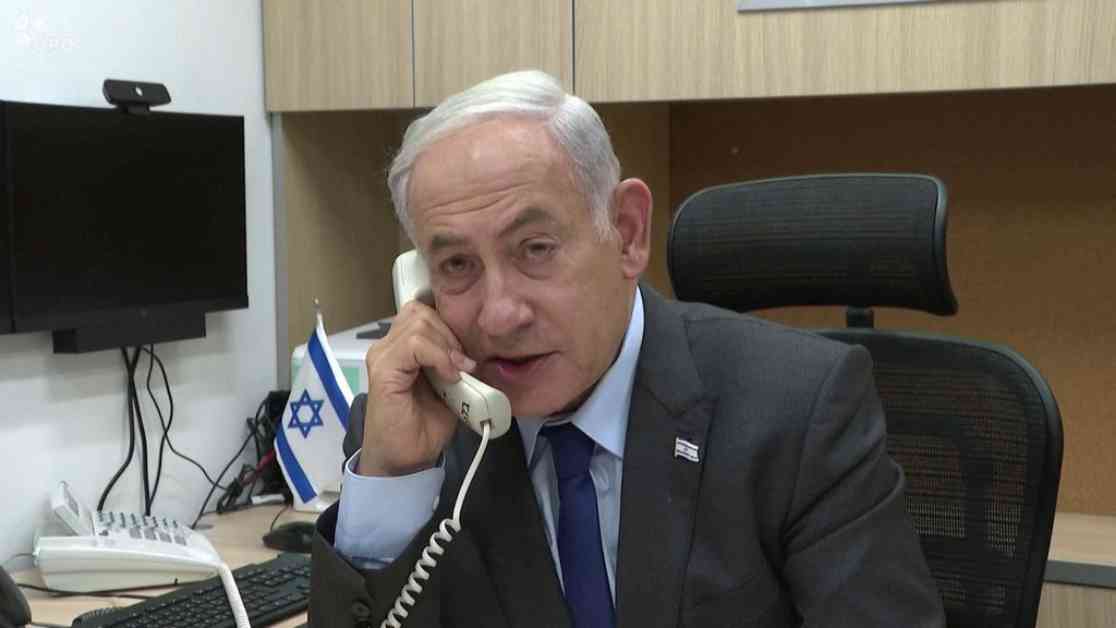A small white boy patting a little black child on the cheek. The image is from the world exhibition in Brussels in 1958. The congo’s natural wealth was an important part of the exhibition, but there was also a ”tropical garden” where congolese men, women and children could be seen behind the bambustängsel. Some visitors threw bananas at them, noted a journalist on the spot.
the africa museum in Tervuren outside Brussels. Photo: David Plas
, in Tervuren, just outside Brussels, also started as a human zoo. In the summer of 1897 the imported king Leopold II 267 congolese people, which was exhibited at his palace. Over a million belgians came to be there.
The large interest and led to the king converted his castle into a museum building which was later built out to show up The nature, culture and riches.
Generations of belgians have become acquainted with the Congo and other parts of central Africa through the museum. They have been taught to Belgium developed the Congo and brought with them civilization.
, who died in 1909, and whose government murdered millions of congolese, monitored long exhibition from its pedestal of bronze in the museum’s beautiful rotunda.
Through the years, it has tried to draw attention to the dark parts of the country’s colonial past. But it is only now, nearly 120 years later and after a five-year-long renovation, which museiledningen totally tried to shift the perspective.
– Our regular collections, which were from the 1950s and prior to the Congo’s liberation, had not changed, says Guido Gryseels, director of the africa museum.
Guido Gryseels, director of the africa museum. Photo: Frank Abbeloos
He points out that taking a clear position against colonialism.
Colonialism is an authoritarian system of government based on military occupation, racism and exploitation of a country, ” he says.
in the basement. And the objects that show blacks as savages, has been moved to the side room and received the explanatory texts. Instead, the central african liberation and modern history should be given more attention in the interactive exhibits that are constantly updated. All this, however, has not had time to be ready for the inauguration.
Sculpture in wood, which stands in the rotunda where Leopold II’s bust once stood by the artist Aimé Mpane: New breath, or Burgeoning Congo (New breath, or the Congo sprouting). Photo: Jo Van de Vyver
But there are belgians who think the country’s colonial history svartmålas for much of this innovation.
Attitudes are changing, but they should go faster. As a museum, we are just an instrument. Most important instrument is education. We are trying to influence to colonial history re-introduced as a subject in school so that children understand our involvement in the Congo, ” says Guido Gryseels.
the Old exhibits that have been moved to a more secluded spot. Which explains the signs that the items were used to glorify the colonial era. Photo: Pia Gripenberg
They are opposed to mass murderer Leopold II is still hailed publicly by the statues and the names of streets everywhere in Belgium.
the Idea from the beginning was that the current king Philippe, would inaugurate the museum, but it has led to protests. Instead, prime minister Charles Michel to do it.
the French-congolese with Ayoka, Mensah has served as an advisor to the museum during the redesign. She has the understanding that the king will not.
Ayoko Mensah, a French-congolese culture journalist, who has been an adviser to the museum. Photo: Pia Gripenberg
– There are several explanations, but mainly it is enough that the activists threatened protests. I do not know whether the royal family is ready for the museum’s new direction, ” she says.
She still thinks that it is better to king Philippe will pop up later, when the exhibition is finished.
the museum by choosing names Africa purports to be something more than what it is: the Belgian relationship with a part of the continent.
– But most importantly is that the approach is there. It is good with a progressive manager, for it is the belgians who do not want to have this change. Many are conservative and have their prejudices, ” she says.
To change these citizens ‘ view on Belgium’s collective history, she sees as a process of different meetings.
the Museum is a part of the process, ” she says.
the grand opening will at the same time as Brussels ‘ first mayor with congolese roots, Pierre Kompany, selected. Furthermore, the resolution of Patrice Lumumba in the summer, a place in Brussels named after him.
Patrice Lumumba, the free Congo’s first leader, was assassinated 35 years old and the belgian state was medskyldig.
To all this happening now is a manifestation of the civil society and the african activists rallied. Last seven to eight years, they have worked more purposefully, and is now in the local assemblies. They are heard more than before and the diversity is more visible in Belgium, ” says Ayoka Mensah.
, a bookstore specialized on the Congo, working for a Patrice Lumumba square in the Kongopräglade district Metongé. He is hesitant about the africa museum is able to break with his own past.
Philip Buyck. Photo: Mickan Palmqvist
– It is owned the by the belgian state, ” he says.
Like many other white belgians, Philip Buyck relatives who worked in the Congo. In his case, a great-grandfather that raised the tax on rubber.
“It’s riches Bahis Siteleri from the Congo which is behind many of the grand buildings found in Brussels and who contributed to the city today has become a european centre,” he says.
Read more: Mordhoten forcing Denis Mukwege to stay at the hospital
Read more: Leaked UN document shows that the security forces in Congo-Kinshasa is located behind the murder of Zaida Catalán








